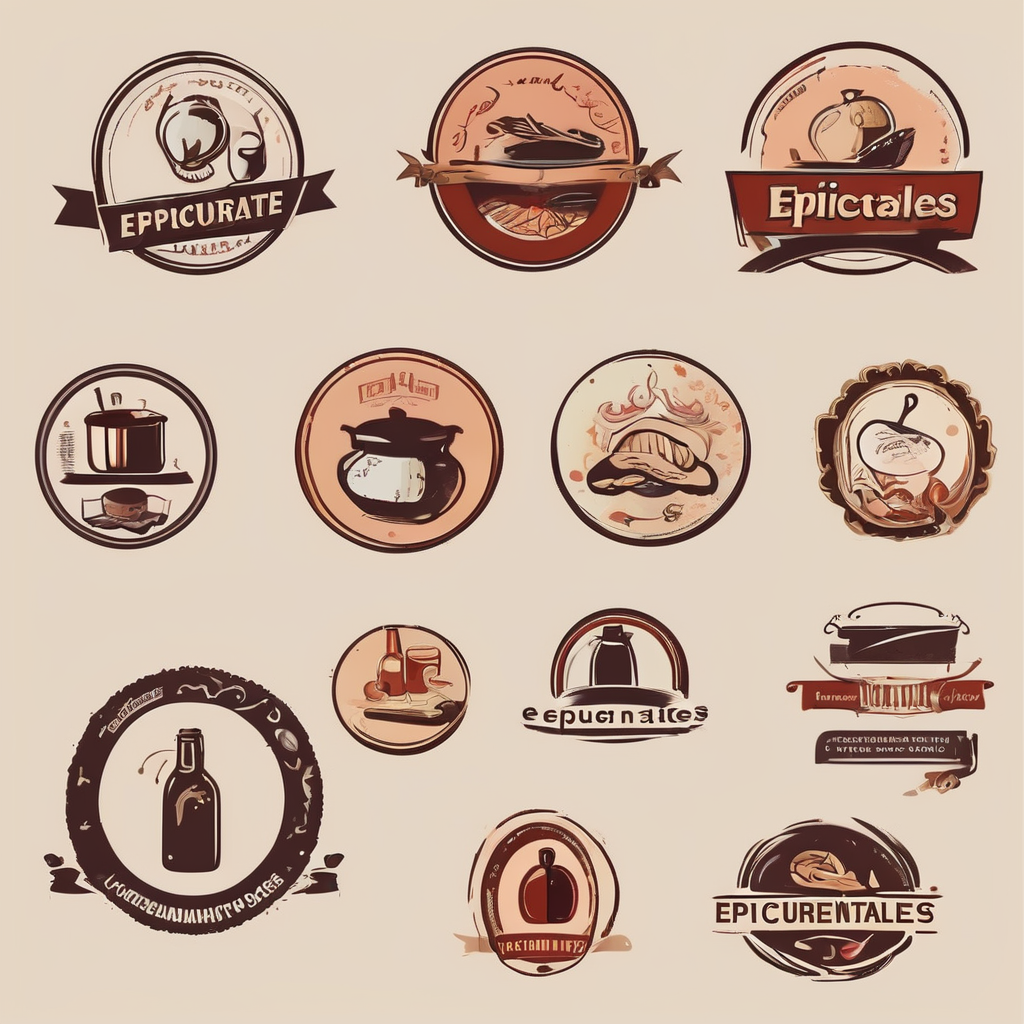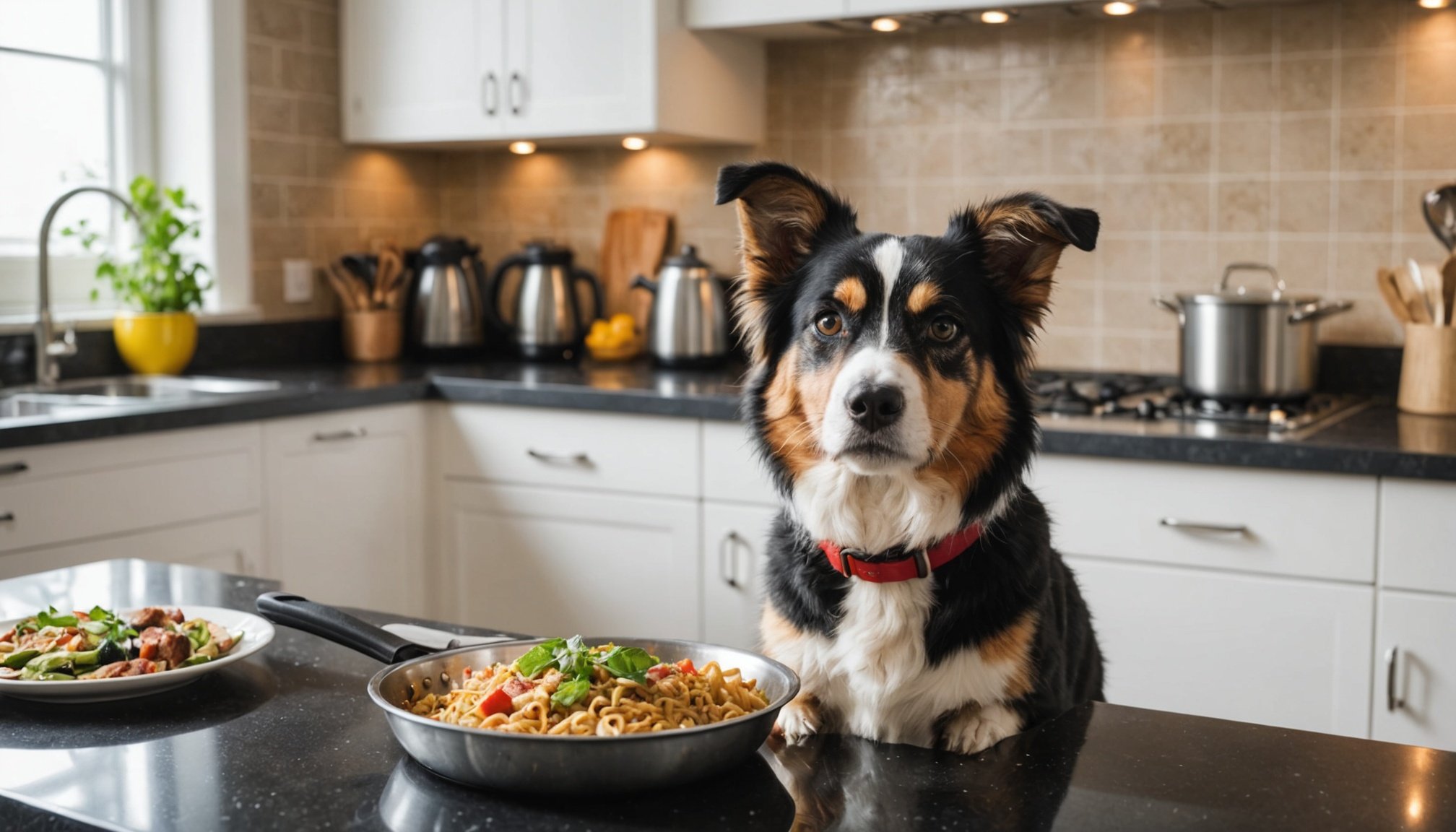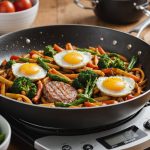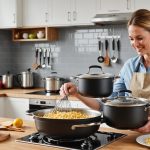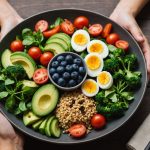In today’s bustling households, our furry companions are more than just pets—they are family. As loving pet owners, ensuring the safety of our animals is paramount, especially in spaces like the kitchen where potential hazards abound. While preparing delectable meals, it’s easy to overlook the dangers that lurk from seemingly harmless activities. From raw meat to hot surfaces, kitchens can be a minefield for curious paws and noses. This article delves into practical tips and strategies to keep your kitchen a safe haven for your pets, emphasizing the importance of maintaining a clean and secure cooking environment.
Understanding Food Safety for Pets
When it comes to food safety, both humans and animals share similar concerns. However, dogs and other pets may venture into areas that we naturally avoid. Awareness of potential risks in your kitchen is the first step towards creating a safer space for your pets.
In parallel : What are the key differences between gas and electric stoves for home cooking?
Raw Meats and Bacteria
Raw foods, especially meats, are often laden with bacteria like Salmonella and E. coli, posing a threat to both humans and pets. While dogs have stronger stomach acids that offer some protection, they are not immune. Keeping raw meats out of reach and ensuring that they are stored properly in the refrigerator can prevent accidental consumption.
Cooking Temperatures and Safety
When cooking, it is crucial to maintain the appropriate temperature to kill harmful bacteria. Use a meat thermometer to check that meats are cooked through, ensuring they reach the recommended internal temperatures. This not only guarantees safety for human consumption but eliminates potential risks if scraps fall to the floor.
Also read : How do I properly store fresh herbs to extend their shelf life?
Pet-Safe Foods and Ingredients
Not all human foods are safe for pets. Ingredients such as chocolate, garlic, onions, and certain nuts can be toxic to animals. Familiarize yourselves with pet-safe foods and maintain a strict “no scraps” rule from the cooking process to prevent accidental ingestion of harmful substances.
Maintaining a Clean Kitchen Environment
A clean kitchen is synonymous with a safe kitchen. However, when pets are involved, cleanliness takes on a new level of importance. It’s not just about wiping down surfaces; it’s about creating an environment free from potential dangers.
Regular Cleaning Habits
Crumbs and food debris that accumulate on the kitchen floor can attract pets. Regular sweeping and mopping ensure no edible morsels are left behind. Utilize a vacuum cleaner with a high-efficiency particulate air (HEPA) filter to collect dust and allergen particles, safeguarding your pet’s health in the process.
Sanitization of Surfaces
Kitchens are a breeding ground for bacteria. Use pet-friendly sanitizers to clean countertops, cutting boards, and other surfaces after handling raw foods. Not only does this prevent cross-contamination, but it also assures that any bacteria harmful to pets are eliminated.
Safe Storage Solutions
Innovative storage solutions can prevent pets from accessing potentially harmful items. Secure trash cans with lids, use childproof locks on cabinets containing cleaning supplies, and ensure that food containers are sealed tightly to deter curious paws.
Understanding Pet Behavior in the Kitchen
Recognizing and understanding pet behavior can go a long way in preventing accidents in the kitchen. Pets often react to stimuli in their environment, and kitchens are full of enticing smells and sights.
Curiosity and Exploration
Pets, particularly dogs, have a natural curiosity. They are drawn to the kitchen by the smell of cooking foods and the possibility of finding fallen treats. Training your pets to understand boundaries and keeping them out of the kitchen during cooking times can minimize risks. Use gates or barriers if necessary to create a “no-go” zone.
Boredom and Distraction
Boredom can lead pets to explore the kitchen. Providing toys or distractions during cooking times can keep them occupied and reduce their interest in the kitchen.
Setting Safe Boundaries
Training your pets to stay away from hot surfaces or sharp objects is essential. Use commands and positive reinforcement to teach them which areas are off-limits. This not only keeps them safe but ensures a smoother cooking experience for you.
Ensuring Kitchen Safety with Technology and Tools
Incorporating technology and modern tools in your kitchen can significantly enhance safety for both you and your pets.
Pet-Friendly Kitchen Gadgets
Consider investing in gadgets designed to make the kitchen safer for pets. Automated feeders, for instance, can dispense meals without the need for manual intervention, reducing the time pets spend in the kitchen.
Smart Home Solutions
Smart home devices can enhance safety. Motion detectors can alert you if a pet enters the kitchen, while smart ovens can automatically shut off to prevent overheating. These innovations offer peace of mind, knowing that you are in control even when not directly in the kitchen.
Temperature Control Devices
Use temperature control devices to ensure cooking appliances are not left on accidentally. Maintaining an optimal environment with controlled temperatures prevents overheating, reducing the risk of burns or fires.
Creating a pet-safe kitchen is a multi-faceted endeavor that extends beyond the occasional sweep of the floor. It involves implementing strategies that cater to food safety, cleanliness, understanding pet behavior, and leveraging technology to safeguard your kitchen. By taking proactive steps, you ensure that your kitchen remains a haven for delicious meals and a safe space for every member of your family, including the furry ones. Remember, an ounce of prevention is worth a pound of cure; keeping an eye on the details today can prevent accidents tomorrow. As Robert Frost once said, “Good fences make good neighbors,” and in the kitchen, good boundaries create a safe and happy home.
